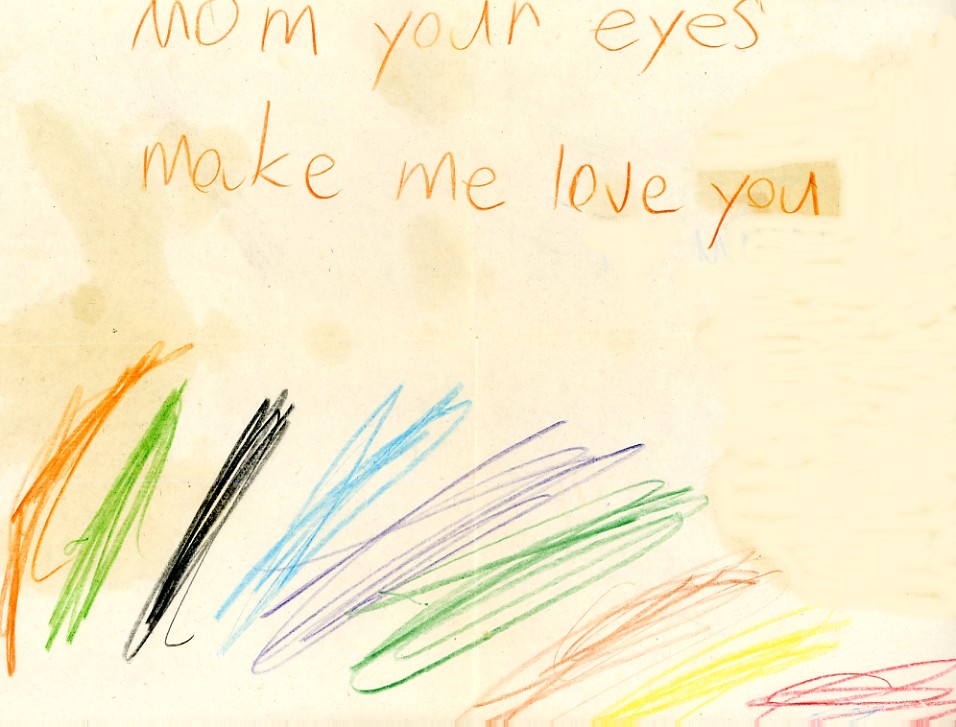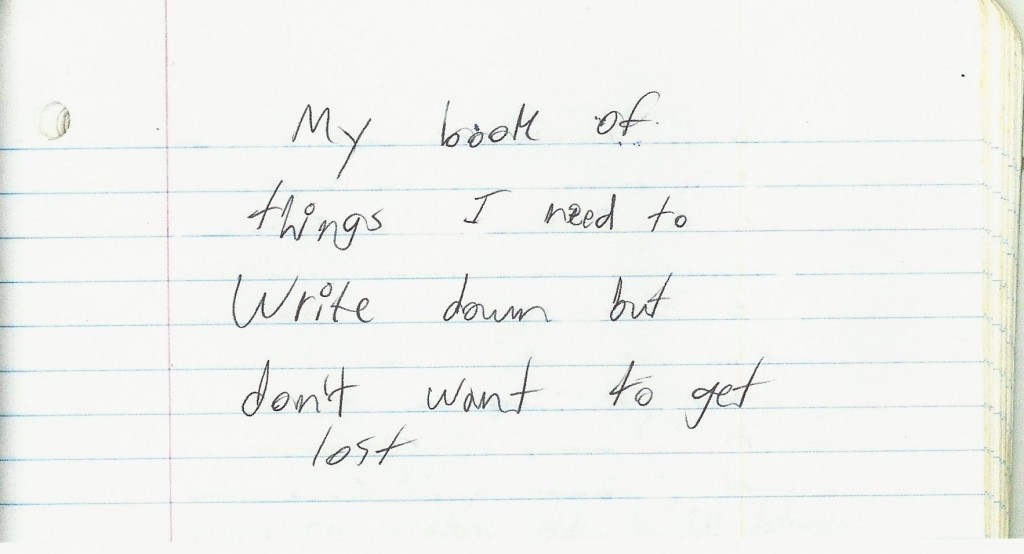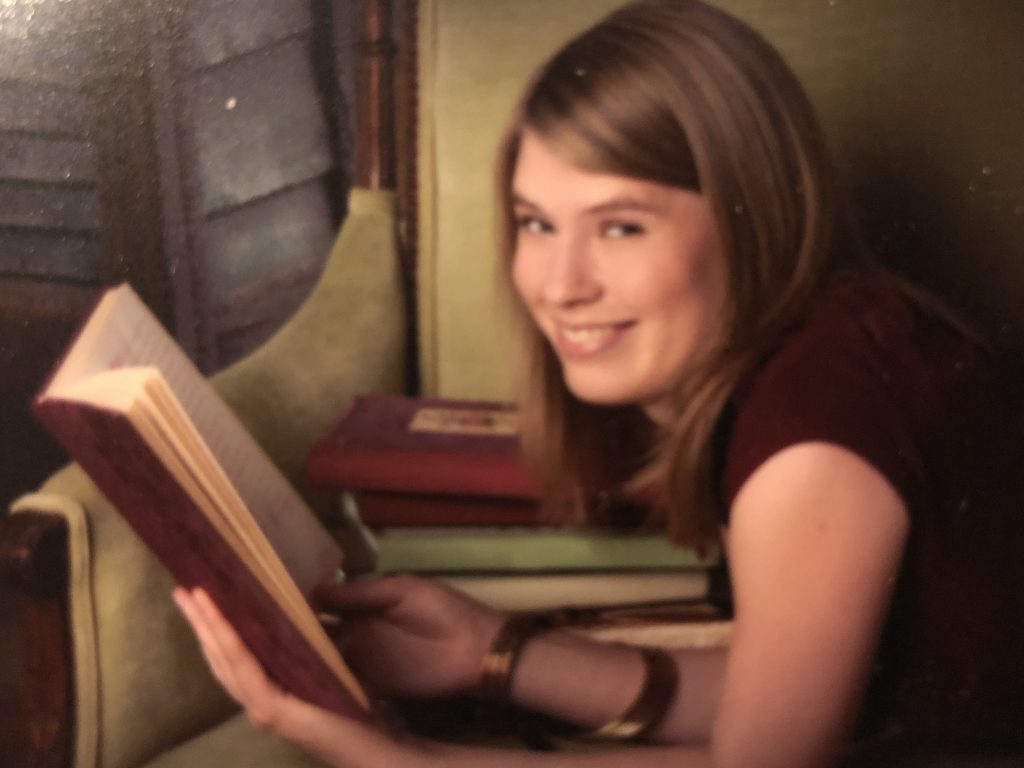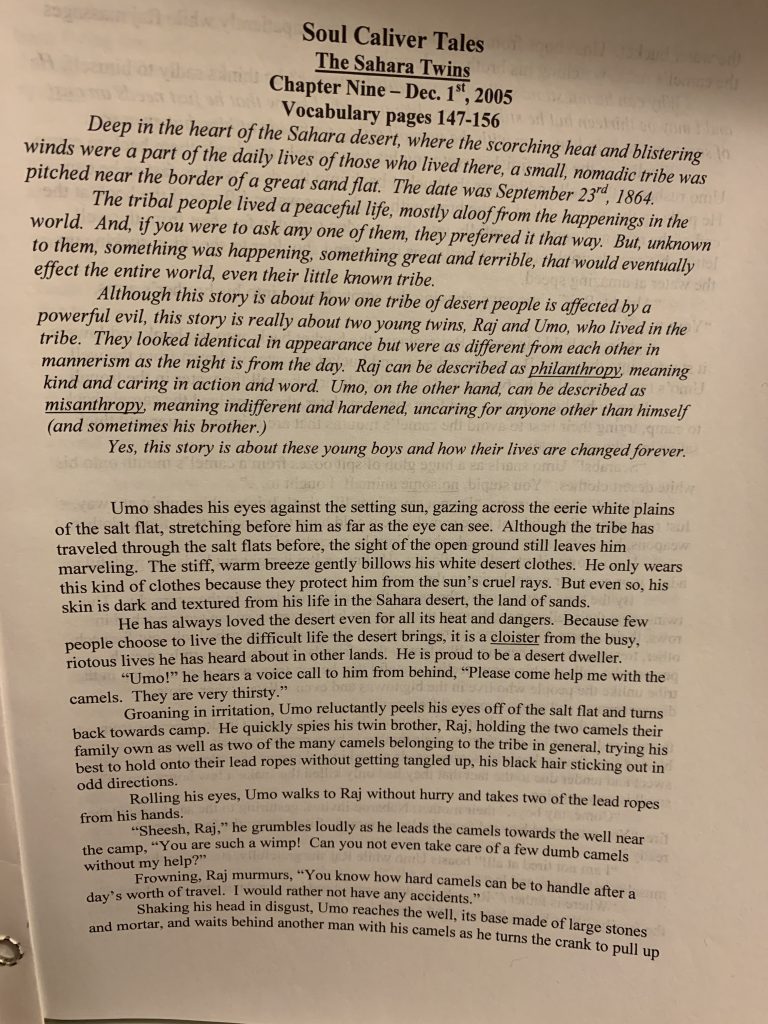I’ve written a couple posts about writing in the years from 5-10 years old found here and here, so I’ve decided to write a post about this subject for the teen years. I find that IF people decide to give space in the 5-10 year ranges for writing to develop more naturally, they really start to panic by the time their child reaches 13 years old and “college” and “adulthood” seems to loom bigger in the minds of the parents homeschooling their own.

There was a discussion going on at my Homeschooling Creatively yahoo list years ago about writing. Gina shared a link to a blog post she wrote as she figured out where she’s at on the subject at this time. I agree wholeheartedly with what she figured out as she found herself going through writing curriculum after writing curriculum. She finally just sat down with herself and evaluated how writing really happened for her in more of a natural and free-flowing manner; and thus, started questioning why she was feeling a need to be systematic with the approach with her daughter. So, at this time, she’s choosing to trust the natural process to writing. It inspired me to write this post about how four of my children have come to writing.
First, let me preface with some deconditioning that needs to be done about writing. When we think about writing and school, we think book reports and essays and research papers. Frankly, so much of this type of writing is not required in real life. More importantly, there are scads of other styles of writing that are neglected as valid. These neglected styles are often what is most conducive to a right-brained learner’s strengths. Some of these writing genres are: lyrical writing, poetry, skits and scripts, fantasy and creative writing, fan fiction, book and movie and music reviews, comic book and graphic novels, journals and diaries, and more. People believe that to learn how to write a research paper, one must write research papers. Maybe that is one way. But, what I have found with myself and all of my adult children so far is that having confidence in, enjoying, and knowing how to express themselves in any way (including verbally, visually or in written form) translates to being able to figure out how to write in various genres that may be requested of them later.

Two of my children had a natural progression into writing and two were not natural writers, so they took a mentored path into writing. This post will talk about my two natural writers. I use my artist son’s progression to writing as an almost perfect example of how a creative, right-brained learner naturally learns to write as it also depicts each of the brain stages well. I will start briefly with his beginning stages before his teen years. From the ages of 5-7, a person learns with traits found in their favored dominant side of the brain. For a right-brained dominant person, that is images (because of their strong three-dimensional traits). In this stage, my artist son started to put stories together through images only (sequential pictures that started to resemble a storyline). It was also in this stage that he would orally tell his stories a lot. This is common for all brain preference types, I would think.
The 8-10 year brain time frame is when a person starts to transition the less preferred learning traits into their dominant learning traits. For a right-brained dominant learner, that will be transitioning to two-dimensional thinking which includes written words. My artist son began a comic strip in this stage. A comic perfectly illustrates this stage since the image is the star, and the words are support. (He worked on his comic from 8-11 years old ending up about 500 pages.) He also began to make video movies with his two best friends in this stage. This also depicts imagery as center stage with the words as support. Both of these should be valued as writing for a right-brained learner.
I consider the 11-13 year stage the transition from childhood to adulthood. Thus, I will start here to reflect my artist son’s writing history. This is also the stage that the brain is really beginning to integrate all the traits from both sides of the brain fluidly. For a right-brained learner, that means they will not have to rely so heavily on imagery as the primary way to learn (though they often still prefer it). To highlight this shift, my artist son’s writing journey continues: Our family moved away from my son’s two best friends mentioned above at age 11 just before summer. I promised him we would have them over for a couple weeks during their summer break from school. Since he knew the time would be short to complete an entire movie if they had to work through the topic, my artist son handwrote a 100-page script for the movie they would make together. There were no images.
In this same timeframe, my artist son enjoyed the video game, Zelda. He discovered someone had written a novel inspired from the video game, so he was eager to purchase and read it. When it arrived in the mail, he was instantly disappointed at how thin it was. Surely it couldn’t capture the depth he felt the video game inspired. He kept faith and read it, but sure enough, he was highly disappointed. What did he do? My artist son decided to write a novel himself that was more in line with what he hoped it would be. He made it to about 35 typewritten, single-spaced pages. And it was excellent writing, though he had never had a writing lesson or curriculum before this.

For the rest of my artist son’s teen years, he would write more as an extension of his interests in Japanese history and video games. He was a huge list-maker and has probably literally created thousands of pages of lists throughout his teen years. He continued to draw extensively during his teen years as well. It wasn’t until about 18 years old that he (again) became inspired from his then favorite video game, Final Fantasy, to write another novel. This time, he made it to about 300 pages typewritten, single-spaced writing. We actually chose it as one of our family read alouds. During his time in college from around age 20-22, he was required to write various essays and research papers. He had no problem doing so and receiving high marks, though he had never written one previous to this experience. At that same time, my artist son was working on two writing projects: a graphic novel and an Ancient Japanese samurai warrior atlas.
The second example in my family of natural writing progression is my second child and only daughter, who was my nature girl, animal girl, and eventually, my writer girl. I start off with this explanation because if I had said she was my writer girl, you may think she was always writing, and she wasn’t necessarily. She really was big into nature and animals growing up; all the way until she was about 13-14 years old. In her 5-10 year ranges, she dabbled in poetry, lyrics, and short stories about animals. Not often for any of these things, and not extensive; her short stories were usually about one paragraph. Her biggest writing venue was journals, starting at about 8 years old and continued loyally through her teen years, on her own initiation and desire. In her younger years, she started out by listing her events through the day, activity by activity, but as she grew, it became a place where she expressed and processed her feelings, shared her literal dreams and other story ideas, as well as scattering drawings throughout.

Between the ages of 11-13 years of age, my writer daughter started to seriously look into animal careers. She volunteered at the zoo in the chimpanzee exhibit, and she applied and was accepted into a competitive veterinary camp at Michigan State University at 13-14 years old. All of these helped her know she was dissatisfied with those fields, and she was still wondering where her passion would lie. It was at that time, around 14-15, she started taking pen to paper with a novel idea, but this time, unlike every time before, the ideas kept coming. Soon, she realized that she was actually on her way to writing a novel. Further, she discovered she was really enjoying herself. And so, a complete shift occurred, and she started focusing on writing.
Through her high school teen years, my writer daughter had written two novels that she wanted to edit enough to self publish. She also challenged herself to lead several writing workshops at homeschooling conferences. She had also decided she would learn to self edit. In order to understand better writing, she would read the how-to-write books from favorite authors themselves. I love how my children sought out practicing mentors to learn from versus trained formulaic generalized teachers. My writer daughter also used her gift for, well, gifts! Each of her four younger brothers would get personalized stories either starring them or their favorite characters. They were favorite gifts and treasured. She also wanted to improve her vocabulary, so she decided to create short stories based on a list of vocabulary words. Whereas, if I were given that assignment in school, I would write the very least I needed to, but since she initiated it, they were legitimate full-on short stories with depth, and with the vocabulary words interwoven in.

At age 19, my writer daughter decided to take a sabbatical from writing and attend college out at Brigham Young University in Utah. As she became required to write research papers, essays, and other forms of critical writing, she was able to figure out how to do so and received high marks. In fact, her professors pointed out to her specifically many times how unusual of a writer she was (in a positive way). The reason was that she had honed her voice. This is such a vital element to writing that takes time to develop, by writing. The formulas can come any time and are learned easily. A voice must be nurtured.
Thus, again, another child is able to accomplish writing college level papers well without any previous structured writing curriculum to “teach them how.” It was simply a translation of their overall competency in expressing their ideas in a genre that was their strength area (in her case, fantasy writing). The school’s scope and sequence has us believe that the only valid way to express one’s idea is through pen to paper. In specific ways. But, there are lots of ways to express one’s ideas that sets a person up to be eloquent writers as well or better. Different children have different strengths, and thus different needs for support, or not. I wanted to give their entire history at once so that it can be noted that they were not writing traditionally throughout childhood or even into their teen years, but they were expressing their ideas consistently in myriad ways.
If you would like to read more on this topic, or if you benefited from this content, please consider supporting me by buying access to all of my premium content for a one-time fee of $15 found here. This will even include a 50% off e-mail link toward a copy of my popular The Right Side of Normal e-book (regularly $11.95)!






Pingback: Writing in the Teen Years: The Mentored Path |
Pingback: Cheating or Modeling? |
Pingback: Homeschooling Imperfectly |